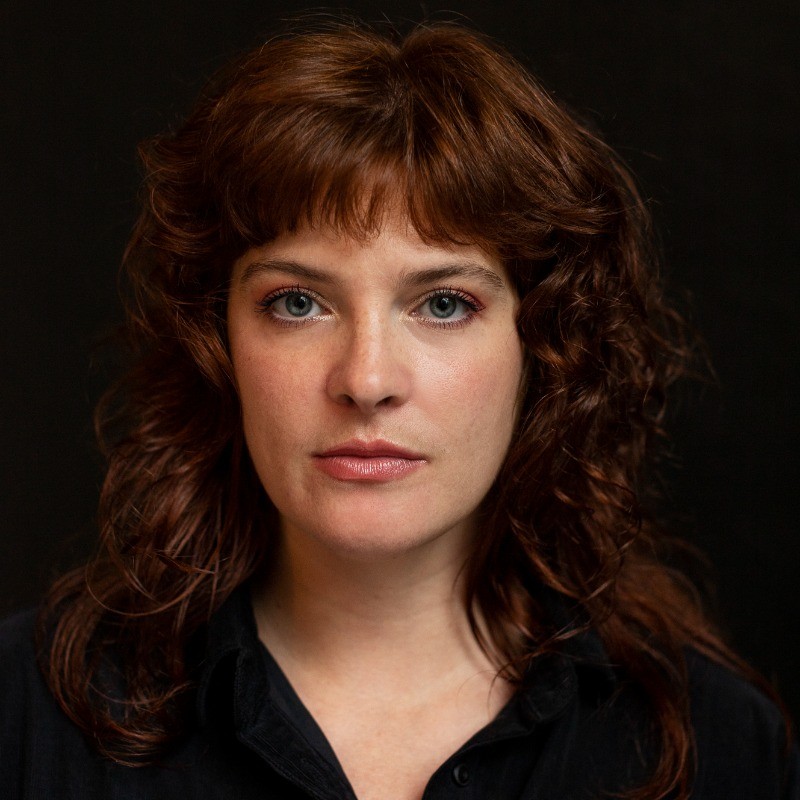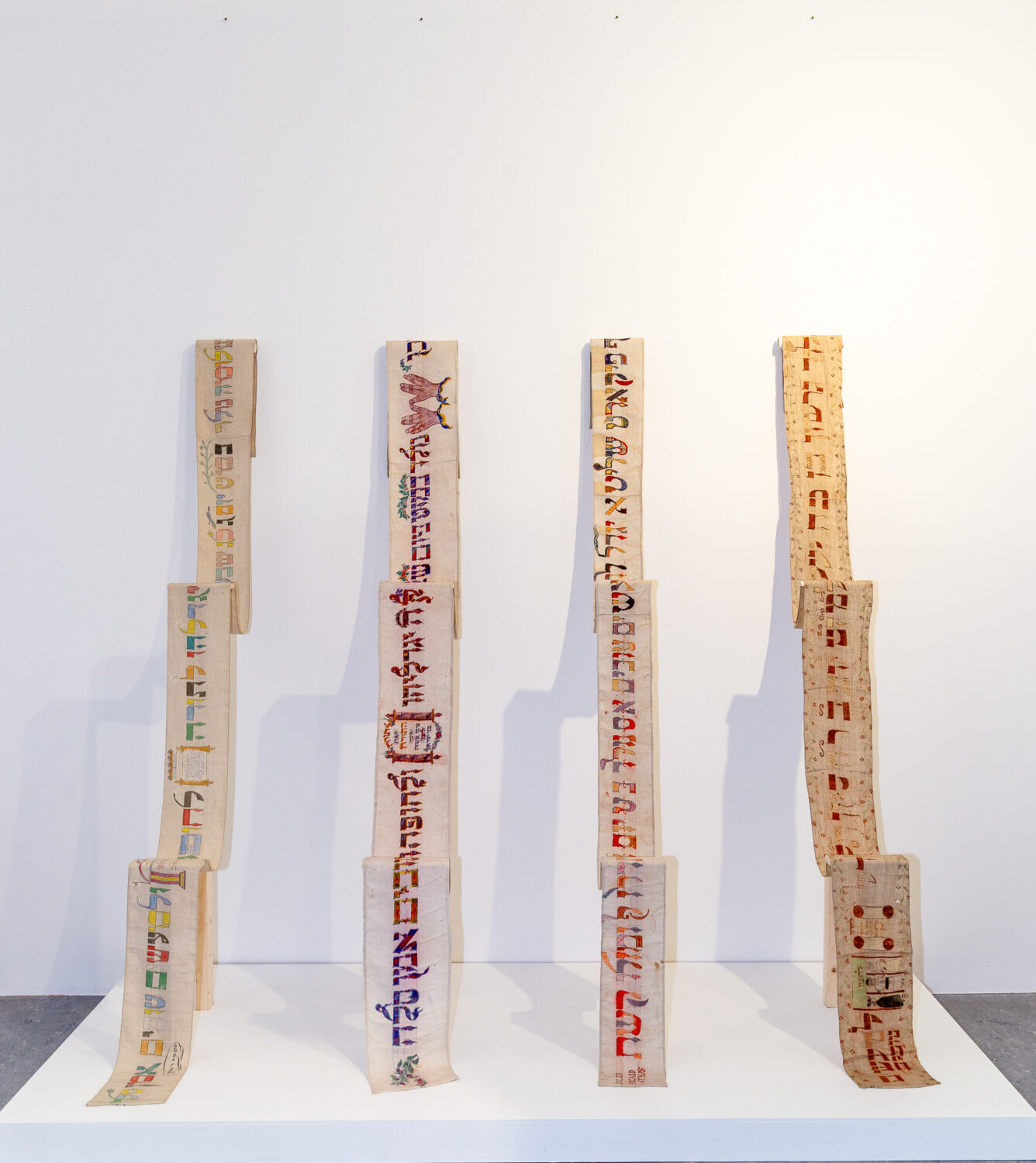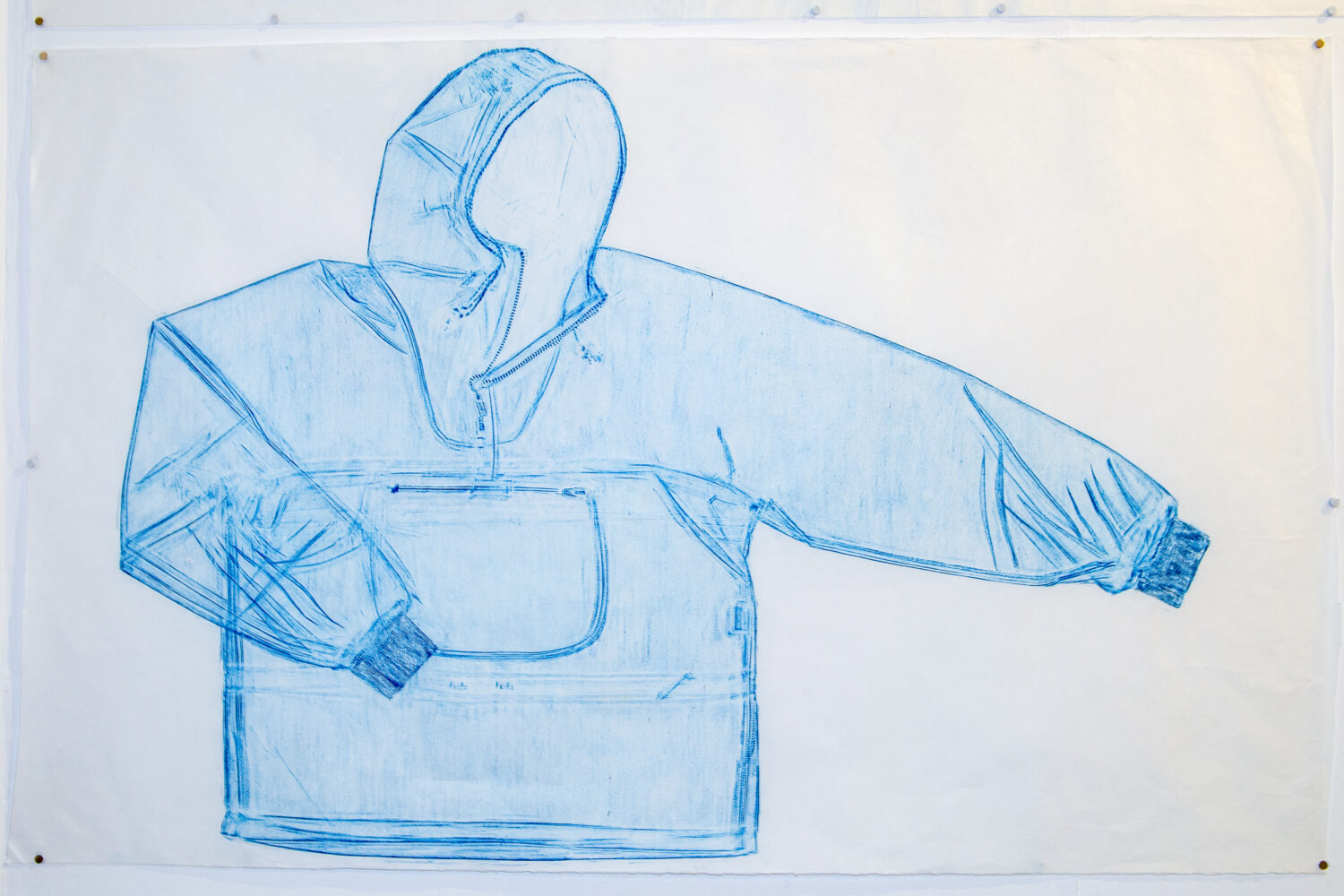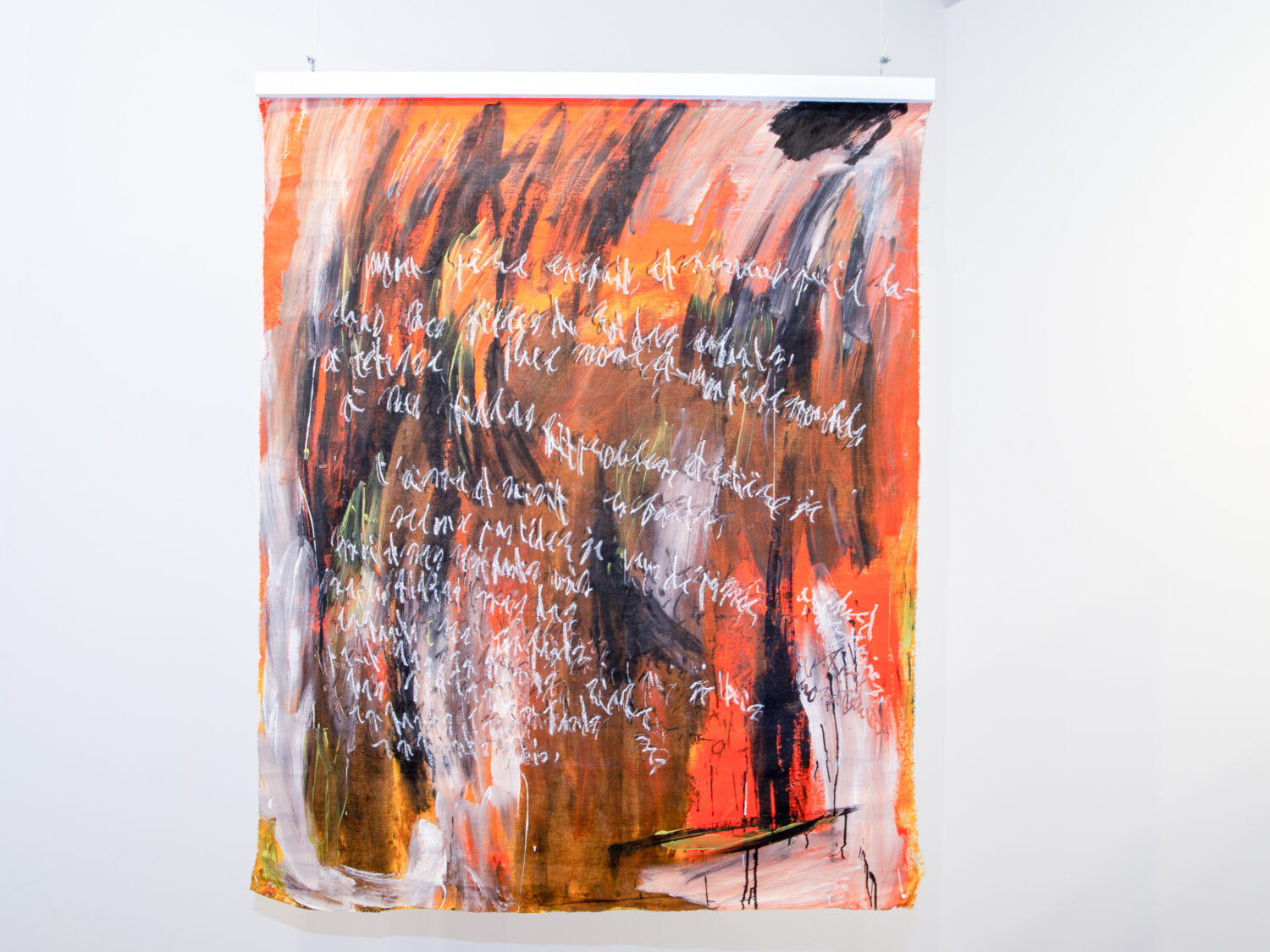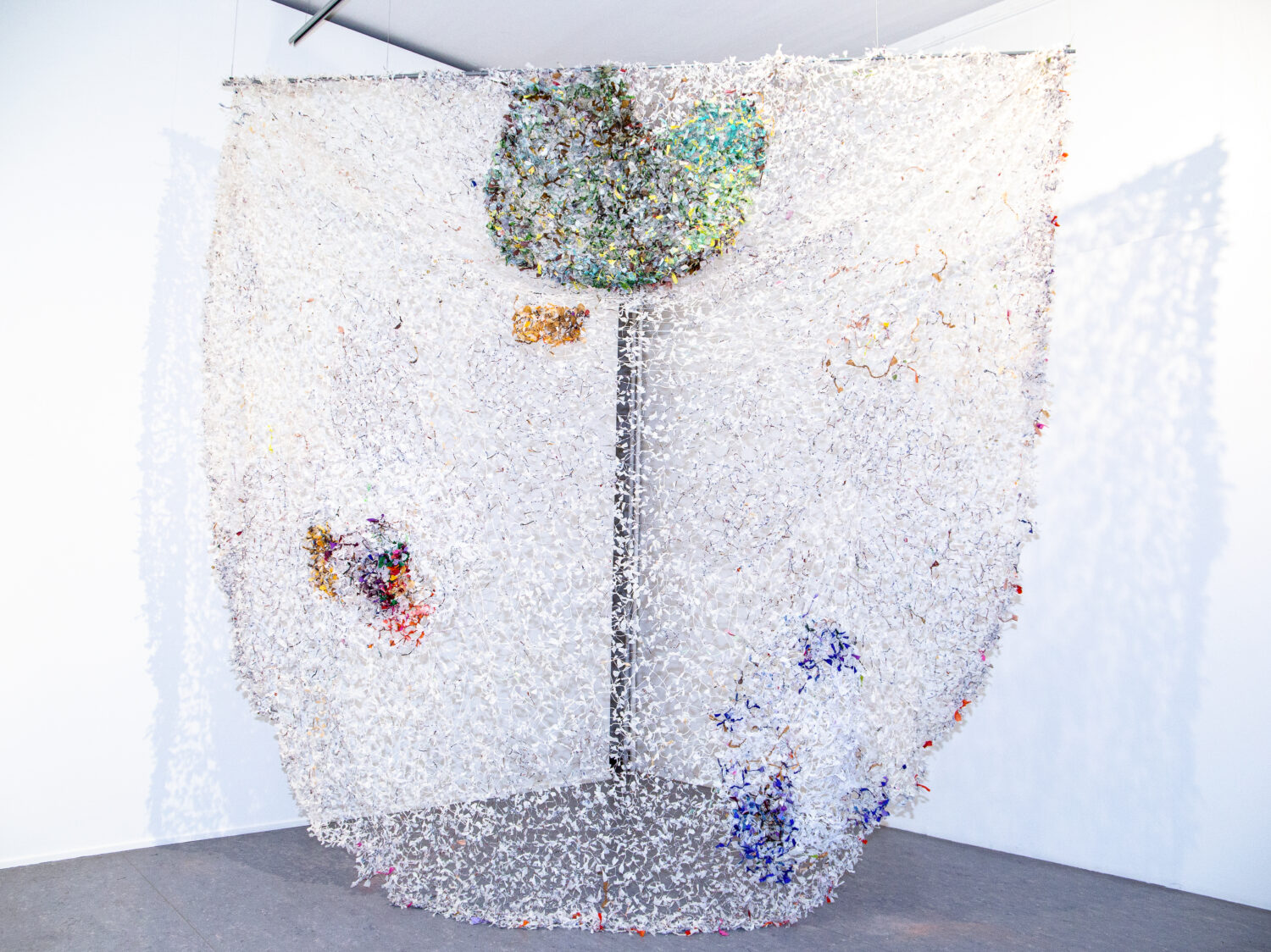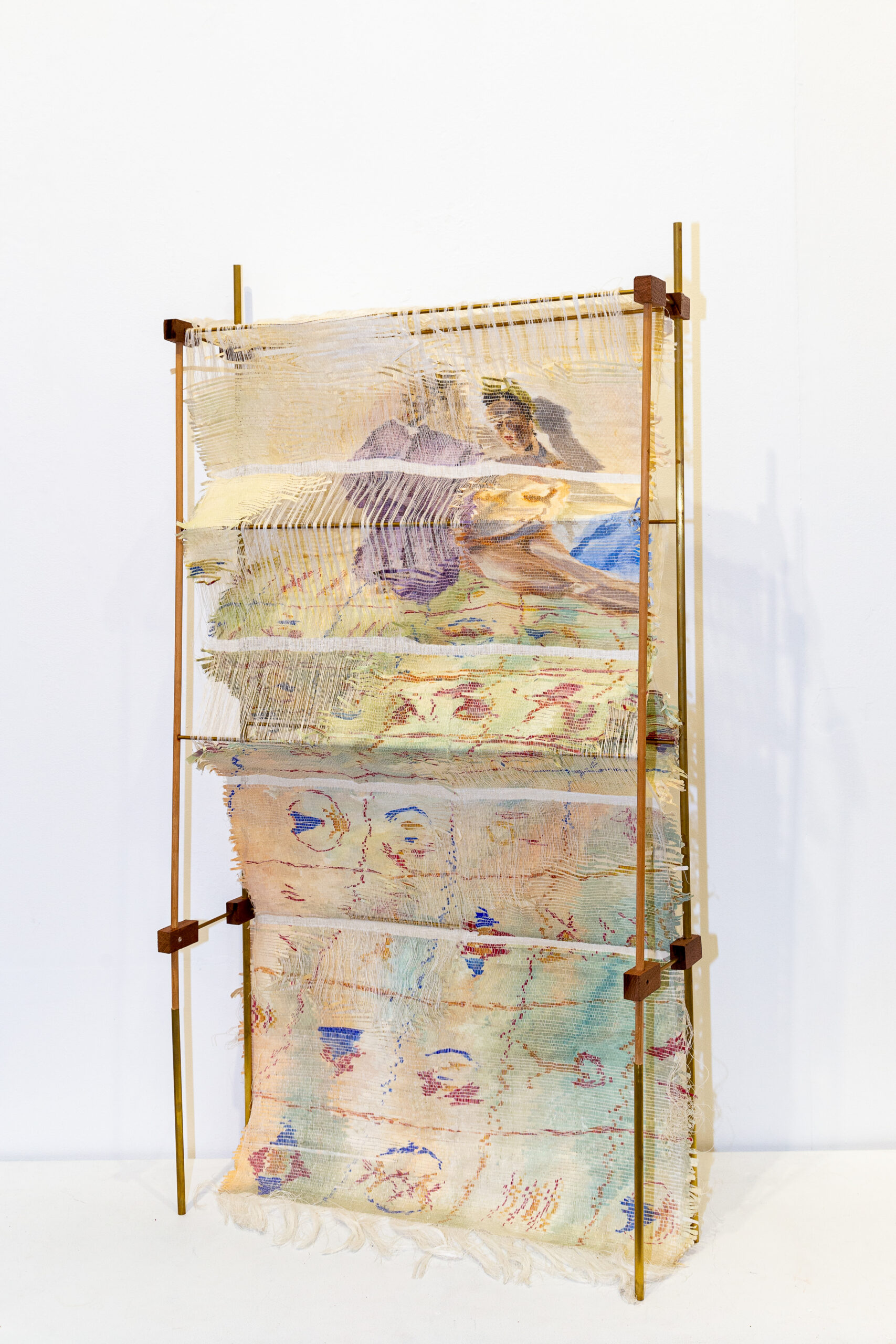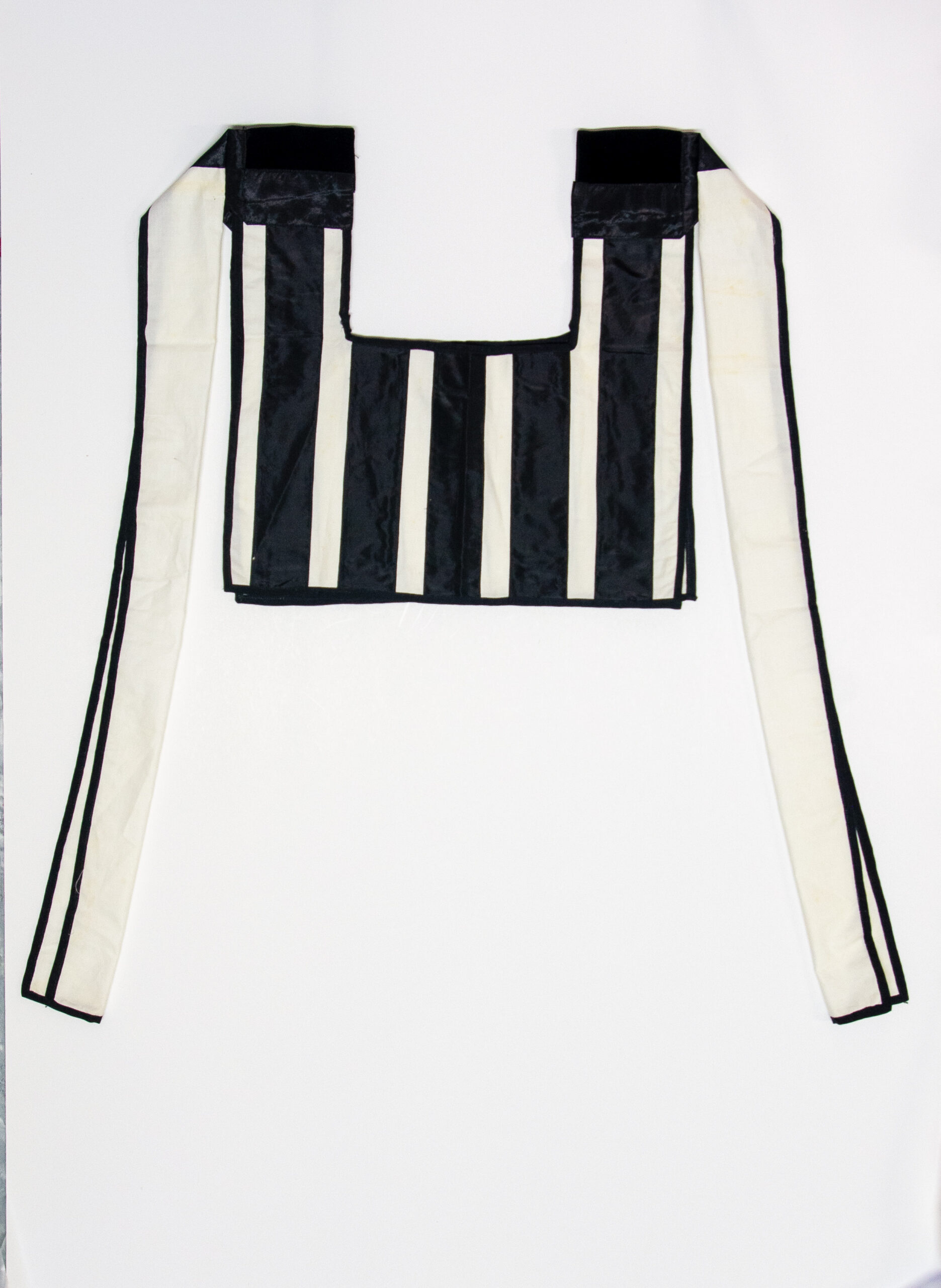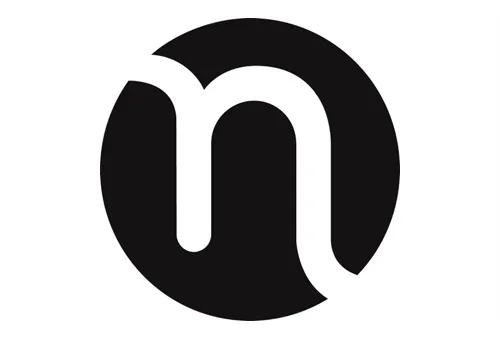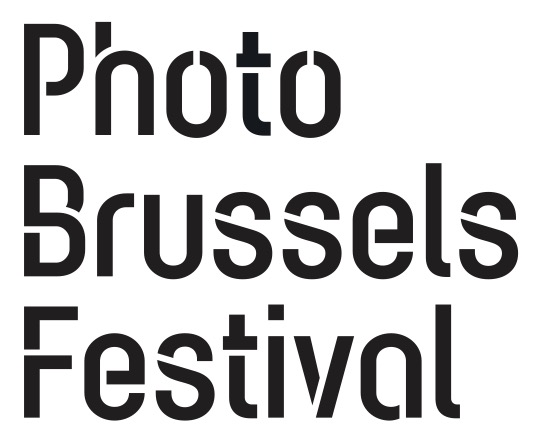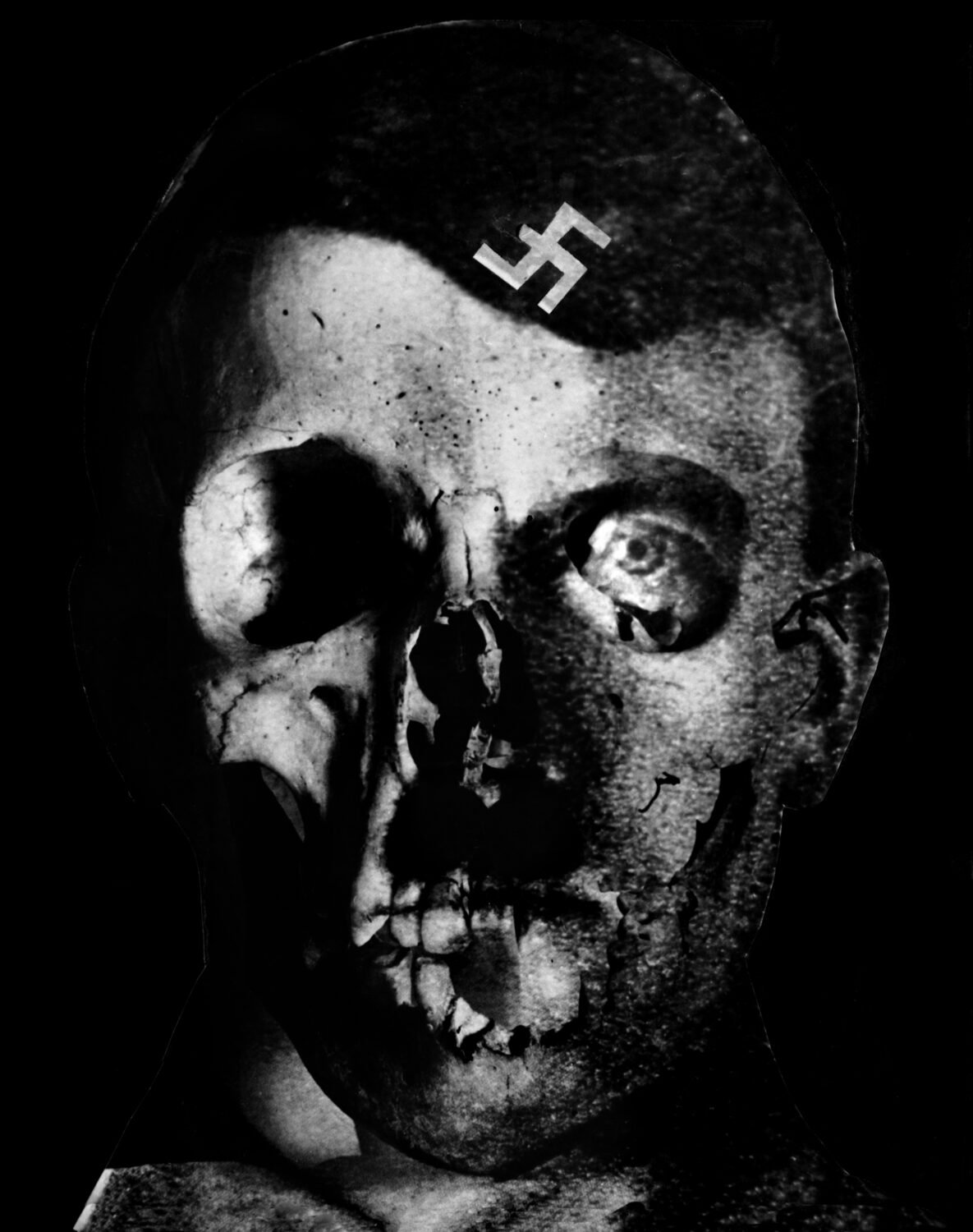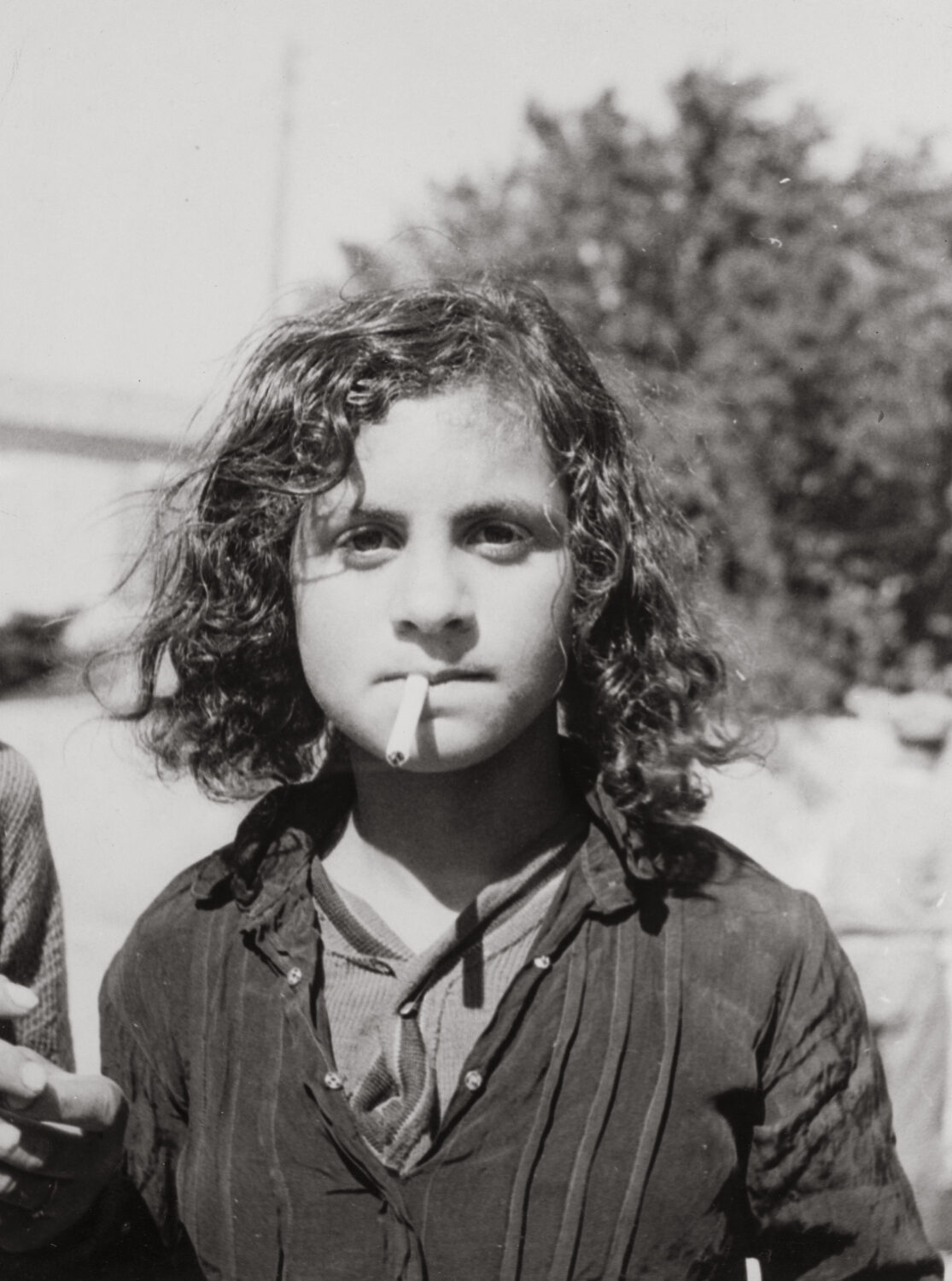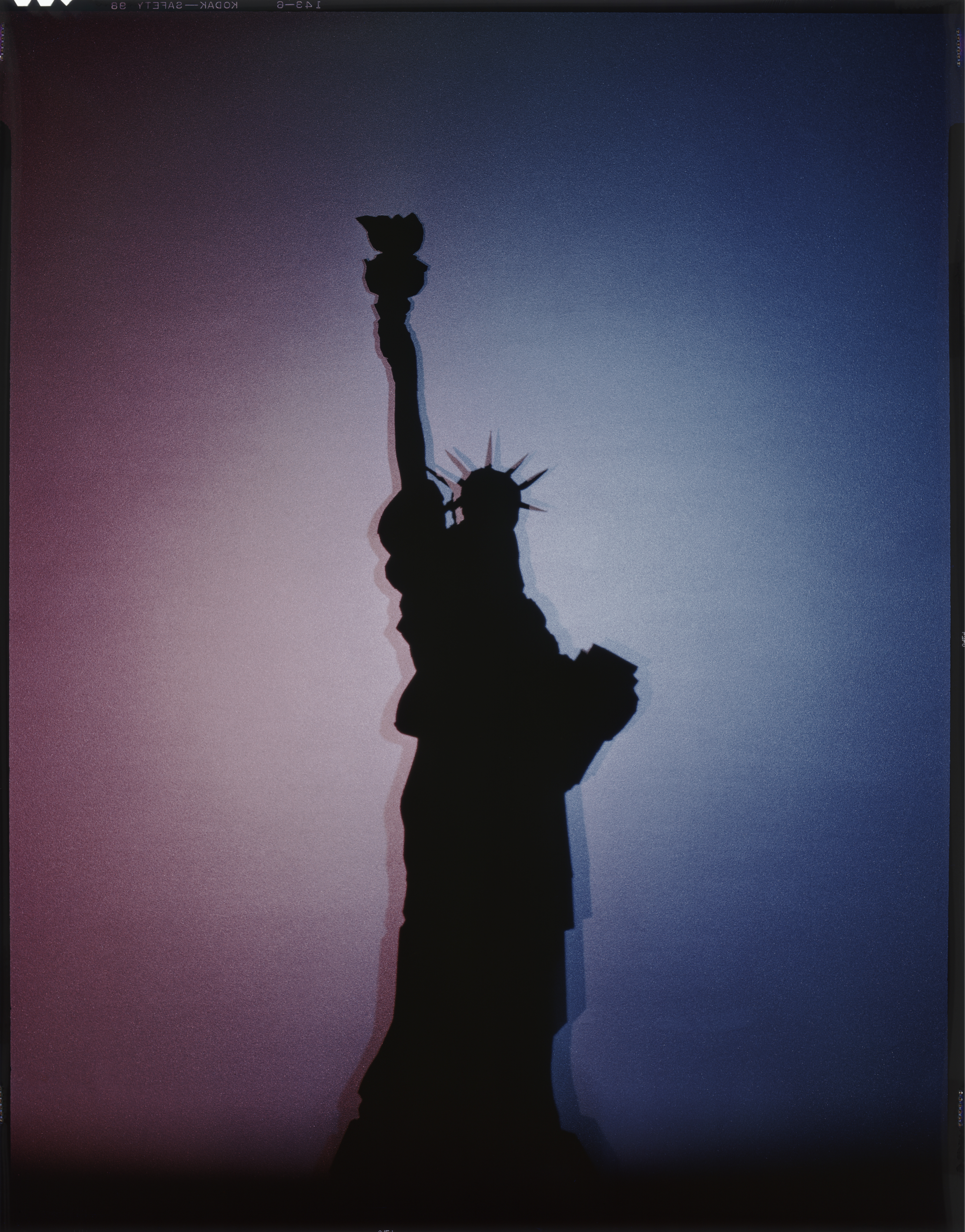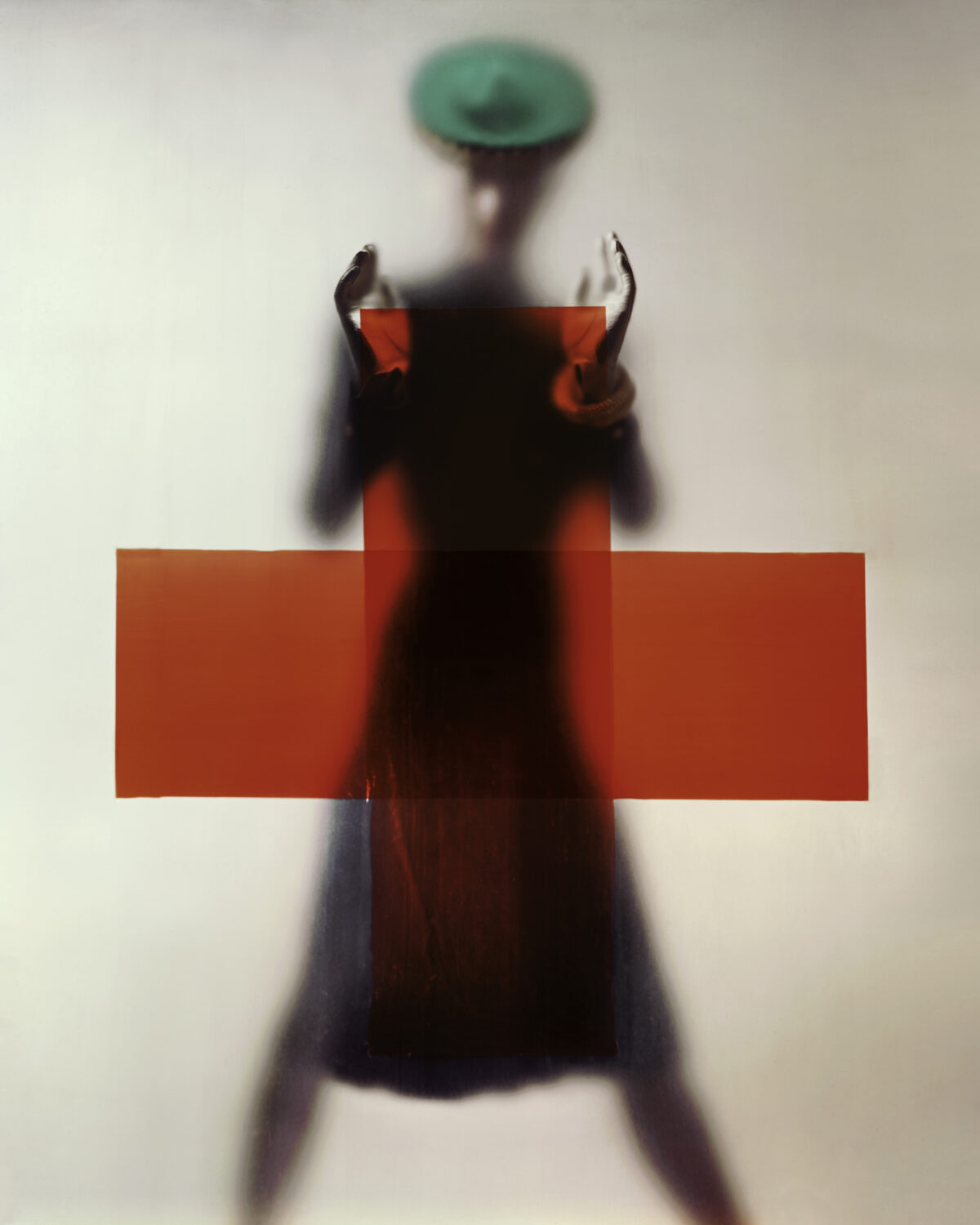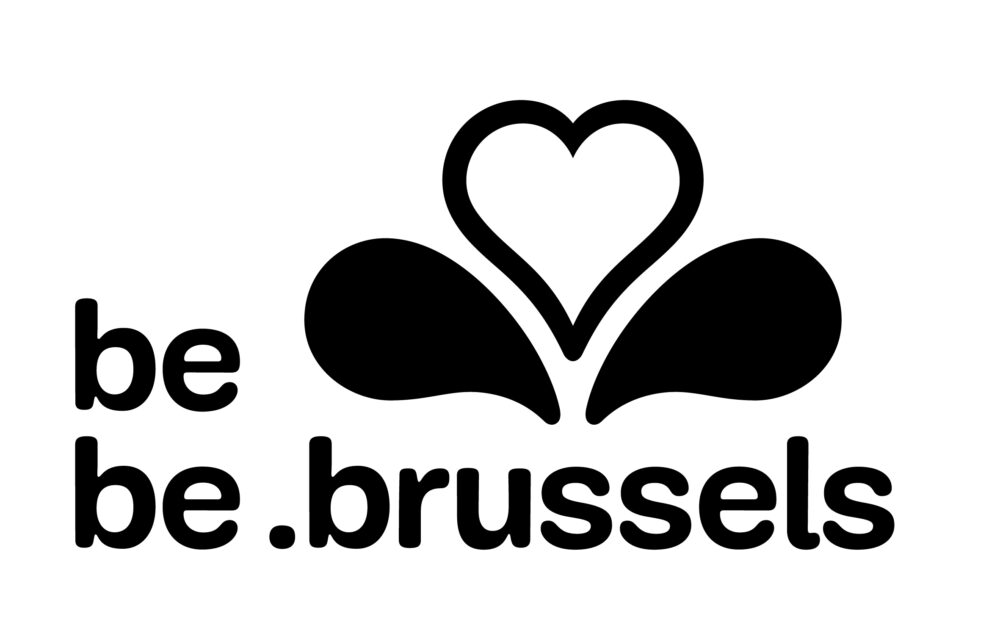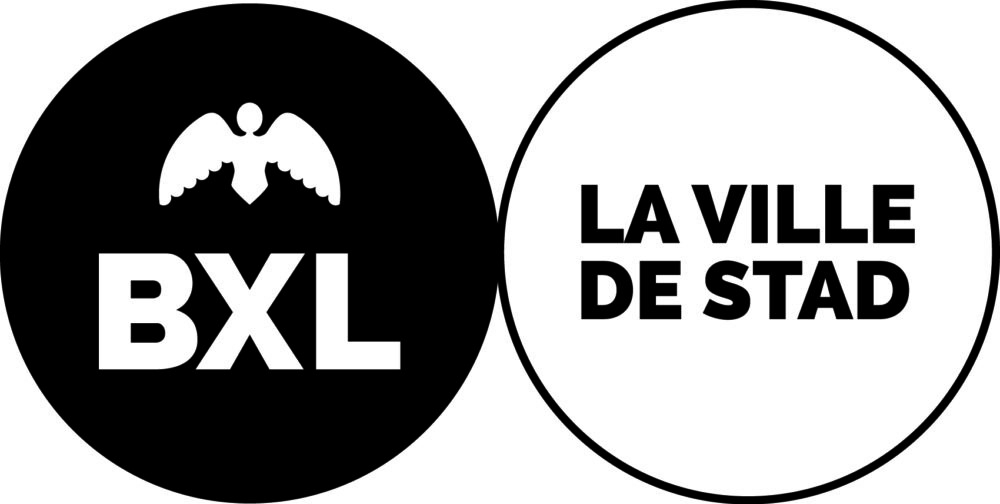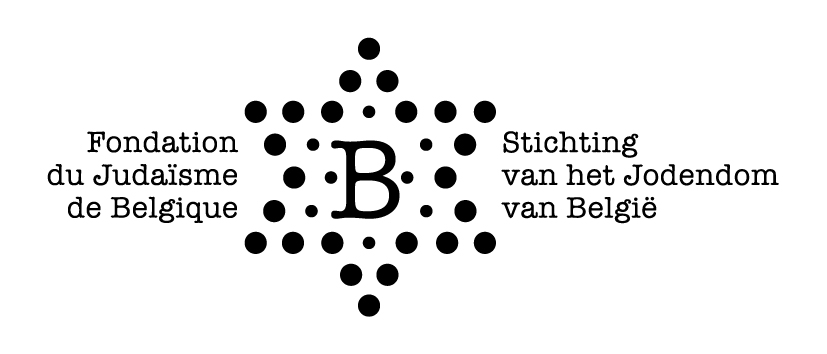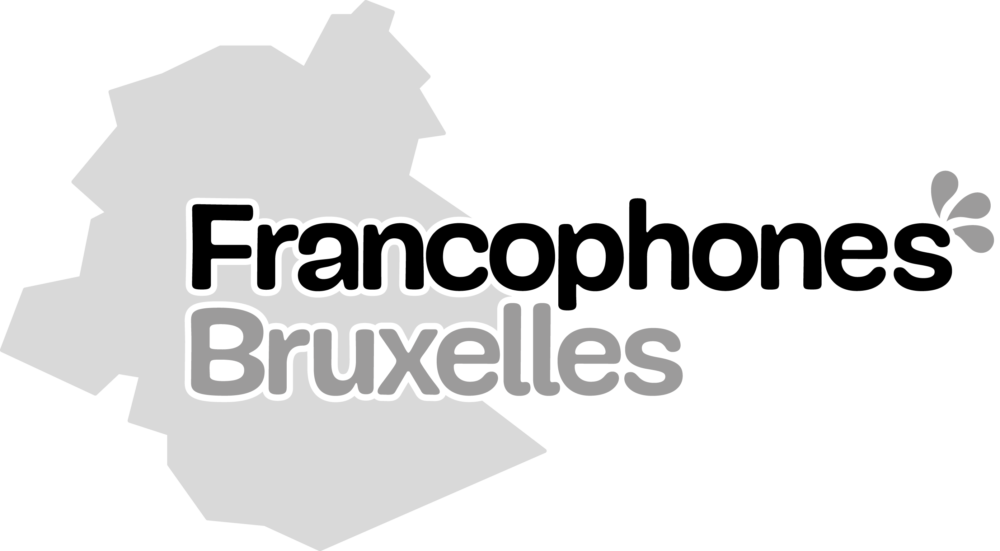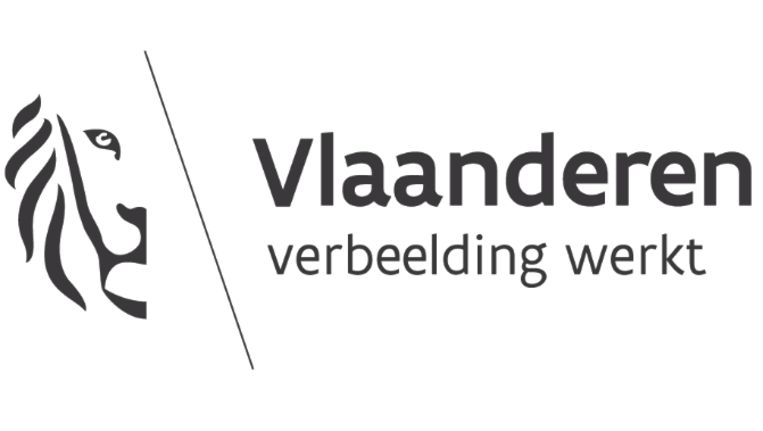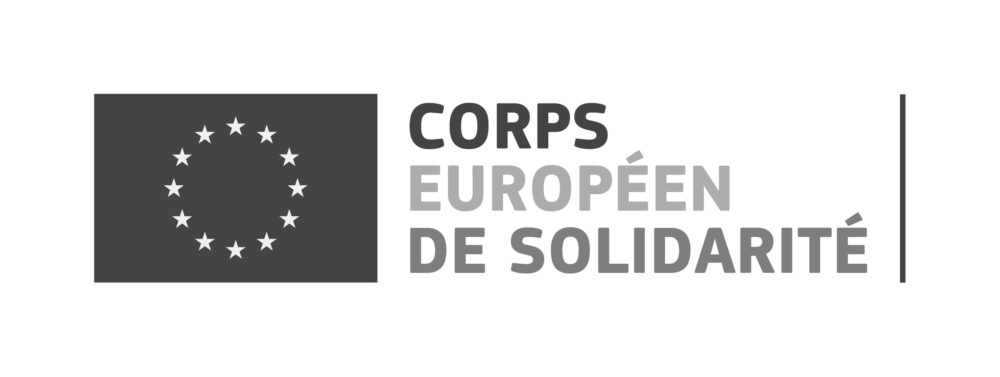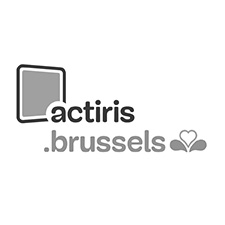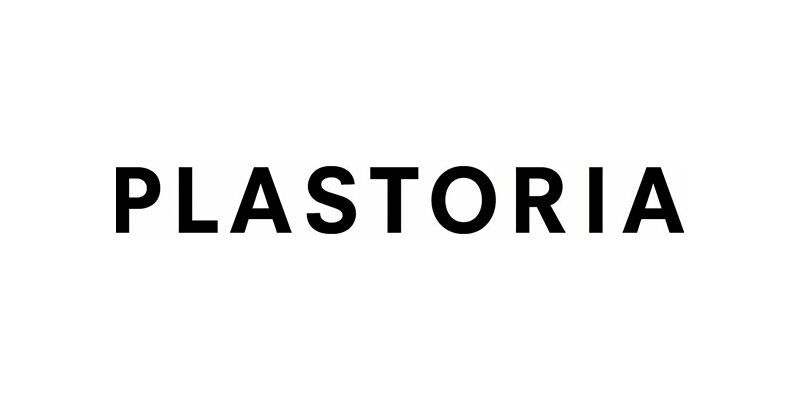The body of the artist proposes itself as a living altar, offered for a moment of reflection, meditation, prayer, and request, not for a god or saint, but for the world.
In the Christian religion, lighting a candle opens one’s heart to God and thus raises a prayer towards him. It is also a way of expressing one’s attachment to a saint in particular by making a request or even thanking him. An offering accompanies this approach.
The artist’s body proposes itself as a living altar, offered for reflection, meditation, prayer, and request, not for a god or a saint, but for the world.
Here, the ritual is proposed to allow oneself to express their concern, fear, and sorrow for the world – it is a way of reacting to the environmental despair that we are currently experiencing.
This performance is inspired both by the artist’s rituals in a women’s circle to celebrate, among other things, the solstices and equinoxes, and Joanna Macy’s essay, “Acting with Environmental Despair” which asks the question: “Can we recognize our sorrow for the world and live with it in a way that affirms our existence and frees our power to act?”
A year ago, the first version of this performance was presented during the Trouble Festival. In this context, more than sixty sorrows were laid at the foot of the altar. These anonymous sorrows will be engraved next to each other on one of the walls of the exhibition, during several one-off sessions between April 11 and September 1.
Performance from 6:30 pm
